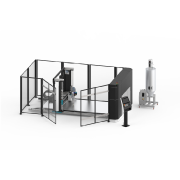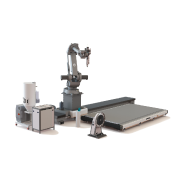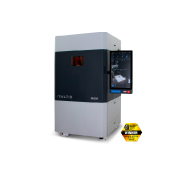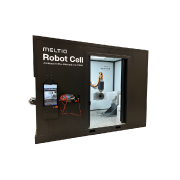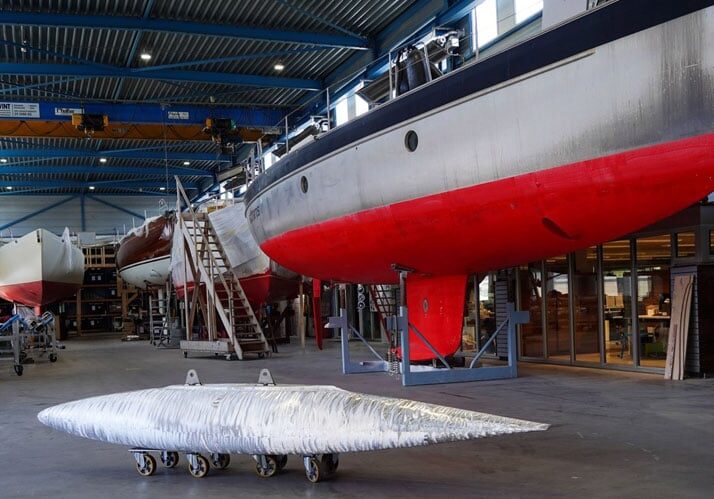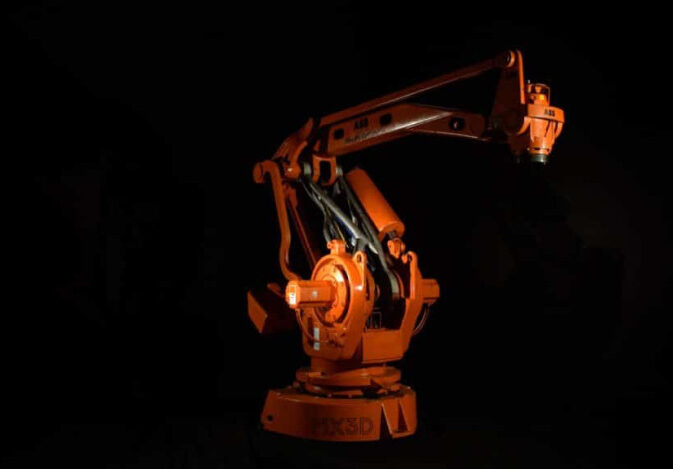WAAM CLAMP
Hybrid Wire Arc AM for the Oil & Gas Industry
MX3D successfully completed the printing of an industrial pipeline clamp. Clamps like these are used in the Chemical and Oil & Gas industries to prevent incidents and to increase the run time of an installation before maintenance is required.
The WAAM Clamp is made and tested in collaboration with Team Industries and TiaT, two companies with extensive experience in the maintenance, testing and (emergency) repair of complex industrial pipe systems. The BWI (Belgium Welding Institute) handled the material testing and Lloyd’s Register supported MX3D with the certification process.
Short lead times are key in the oil and gas industry, as both reducing production downtime and decreasing environmental, human and safety risks are critical. The current lead time of pipeline repair can be as long as 2 to 3 weeks with a potential lost value of several 100k to 1M EUR per day. Current repair processes by clamps typically rely on CNC milling, specialized manual labour, or a combination of both. Each of these processes have their downsides, as CNC milling has high material waste (on average >80% of the original material) and specialized labourers are becoming more scarce.
Original Source: Waam Clamp | MX3D
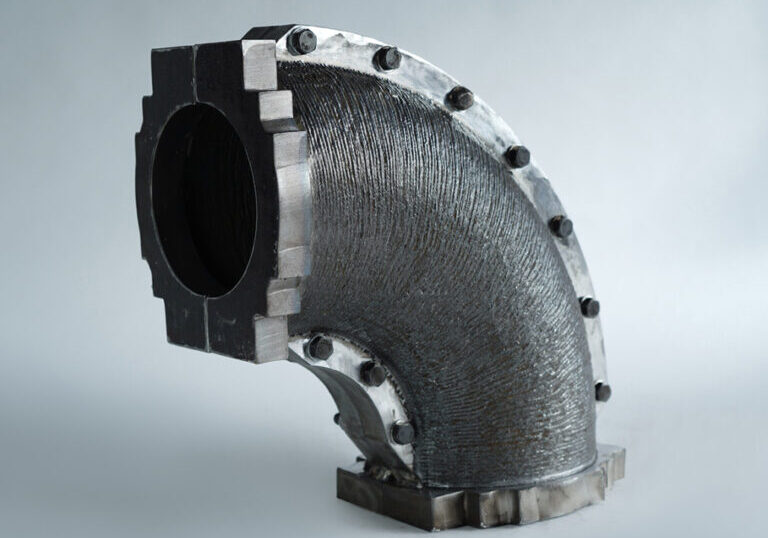
“Clamps and/or enclosures used for online leak sealing in (petro) chemical installations are for over 90% custom designed and custom manufactured and in most cases require a very short lead time,” said Simon van der Harst, Team Industrial Services, Senior Specialist Engineering, and Manufacturing. “The WAAM technology, if further developed, in the near future can be an advantage in the sense of no large investments are necessary anymore in keeping a great variation of stock (plate) materials; very little to no waste materials if built up from zero; minimizing final machining time; more variety in designing possible and less depending on available tools and base components.”

“Hybrid additive manufacturing combines both the advantages of conventional manufacturing such as precision and high production speed of ‘simple’ parts, with the advantages of additive manufacturing, such as geometrical freedom, production speed and minimal material waste. The WAAM Clamp quality and complexity showcase the potential of the technology developed by MX3D,” according to Thomas Van Glabeke, Project Lead / R&D Manager at MX3D.
During the scope of the WAAM Clamp project, a typical repair part for pipelines has been researched and manufactured with hybrid WAAM. This technique provides a smart production solution, by combining the advantages of traditional manufacturing (such as precision machining) with the advantages of wire arc additive manufacturing (such as form freedom, high deposition rates and minimal material waste).
Hybrid WAAM has several advantages over conventional technologies such as forging, CNC-milling and manual welding (requiring speciality welders) for the oil and gas industry. Compared to forging, WAAM has a shorter fabrication lead time as it can produce local, on-demand and at remote locations. Compared to CNC-milling, WAAM has a much lower material waste due to using an additive manufacturing process instead of a subtractive process. Finally, compared to manual welding, the manufacturer is less dependent upon the availability of speciality welders, as robots can fabricate 24/7. By incorporating pre-manufactured standard components into the WAAM process (i.e. Hybrid WAAM), each of the above-described benefits are increased by reducing lead time and manufacturing time compared to regular WAAM.
The consortium managed to reach a high level of assurance for the WAAM clamp. BWI tested the materials and confirmed the printed material complied with key TEAM Industries requirements for this material. The MX3D M1 Metal AM System, facility and procedures were qualified by Lloyd’s Register.
The base and printing material used was ASME IIA SA-516-70, a type of steel often used in the Chemical and Oil & Gas industries. The requirements for the mechanical properties of this material were dictated by its most common use case: pressure vessels working at medium to low temperature.
The destructive tests were performed following ASTM A370. The destructive testing results proved that the printed material, even in its least favourable direction, has mechanical properties similar or better than the base material, hence fitting the ASME requirements.
The project received support from the EU Horizon 2020 program, through the 1st call for TRINITY Demonstration Programme, Project full name: Digital Technologies, Advanced Robotics and increased Cyber-security for Agile Production in Future European Manufacturing Ecosystems, Acronym: TRINITY, EU Horizon Grant agreement number: 825196.








